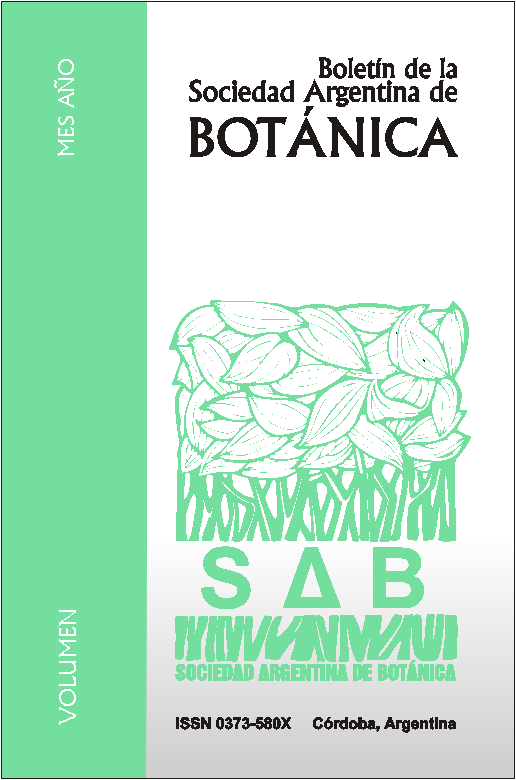Blooming of species with beekeeping potential in the native forest of Formosa, east Chaco district (Argentina).
DOI:
https://doi.org/10.31055/1851.2372.v48.n3-4.7554Keywords:
Floristic resources, flowering calendar, Formosa.Abstract
Blooming of species with beekeeping potential in the native forest of Formosa, East Chaco District (Argentina). In order to do an inventory and a flowering calendar based on the plant species available in the native forest of the East of Formosa, the vegetation surveys were carried out in areas of 2 Km2 surrounding 14 apiaries. From the 2009 through the 2012 beekeeping seasons, 198 species of Angiospermae were identified and their blooming was registered. Of these species, 94.5% corresponded to the native flora. Fabaceae, Asteraceae, Solanaceae, Sapindaceae and Polygonaceae were the richest plant families in taxa. The flowering periods lasted from mid August to early April. The maximum flowering supplies were recorded between October and December. Woody species dominated over herbaceous species mainly during the spring, within the three studied seasons. The aquatic and wetlands vegetation was characterized by its long-lasting flowering during the three-year study period. Abundant blooming of the species that integrate the native forest of Formosa is a valuable resource for beekeeping.
Downloads
Issue
Section
License
Provides immediate and free OPEN ACCESS to its content under the principle of making research freely available to the public, which fosters a greater exchange of global knowledge, allowing authors to maintain their copyright without restrictions.
Material published in Bol. Soc. Argent. Bot. is distributed under a Creative Commons Attribution-NonCommercial-ShareAlike 4.0 International license.





